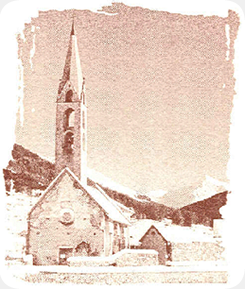Speaker
Description
Today’s most precise timekeeping is based on optical atomic clocks. However, those could potentially be outperformed by a nuclear clock, based on a nuclear transition in-stead of an atomic shell transition. Such a nuclear clock promises intriguing applica-tions in applied as well as fundamental physics, ranging from geodesy and seismolo-gy to the investigation of possible time variations of fundamental constants and the search for Dark Matter [1,2].
Only one nuclear state is known so far that could drive a nuclear clock: the ‘Thorium Isomer 229mTh’, i.e. the isomeric first excited state of 229Th, representing the lowest nu-clear excitation so far reported in the whole landscape of nuclear isotopes. Since its first direct detection in 2016 [3], considerable progress could be achieved in character-izing the properties and decay parameters of this elusive nuclear excitation: the half-life of the neutral isomer was determined [4], the hyperfine structure was measured via collinear laser spectroscopy, providing information on nuclear moments and the nu-clear charge radius [5] and also the excitation energy of the isomer could be directly determined 8.28(17) eV [6].
In a very recent experiment at CERN’s ISOLDE facility, the long-sought radiative decay of the Thorium isomer could be observed for the first time via implantation of ( decay-ing) 229Ac into a VUV transparent crystal and subsequent fluorescence detection in a VUV spectrometer. Thus, the excitation energy of 229mTh could be determined with un-precedented precision to 8.338(24) eV, corresponding to a wavelength of 148.71(42) nm [7]. This recent breakthrough opens the door towards a laser-driven control of the isomeric transition and thus to the development of an ultra-precise nuclear frequency standard.
The talk will review recently completed, ongoing and planned activities towards this goal.
[1] E. Peik et al., Quantum Sci. Technol. 6, 034002 (2021).
[2] P.G. Thirolf, B. Seiferle, L. v.d. Wense, Annalen der Physik 531, 1800391 (2019).
[3] L. v.d. Wense et al., Nature 533, 47-51 (2016).
[4] B. Seiferle, L. v.d. Wense, P.G. Thirolf, Phys. Rev. Lett. 118, 042501 (2017).
[5] J. Thielking et al., Nature 556, 321 (2018).
[6] B. Seiferle et al., Nature 573, 243 (2019).
[7] S. Kraemer et al., arXiv:2209:10276
| Topic | Nuclear Structure and Nuclear Astrophysics |
|---|

